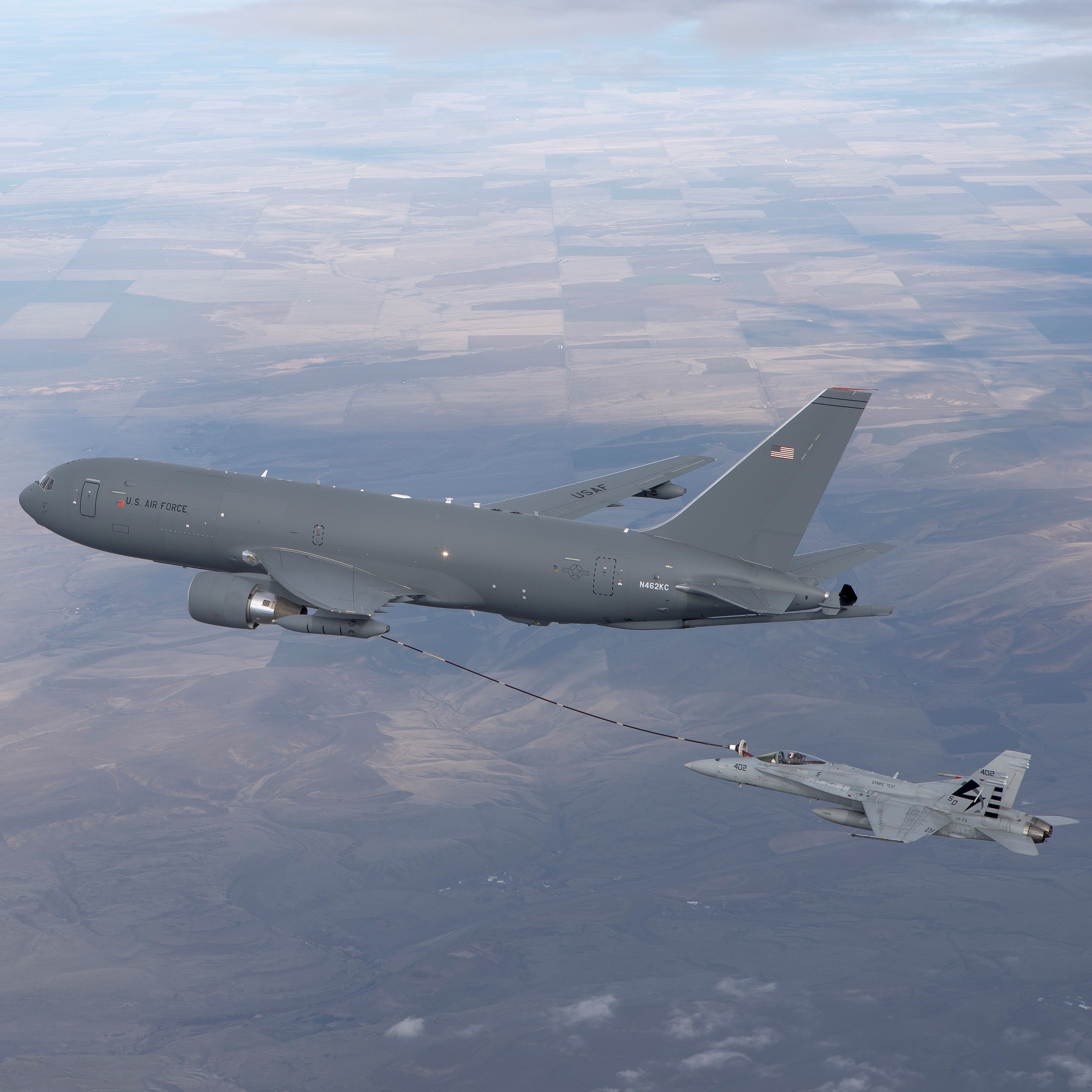
Analysts at Bernstein on Monday issued a note on Boeing Co. (NYSE: BA) claiming that both the U.S. aircraft maker and its main rival, Airbus, will benefit from cost cuts for the rest of the decade because “most of every dollar of cost savings will flow to margin.”
The note, cited at Leeham News, goes on:
This has not been the case in prior cycles because backlogs then tended to be only about three years of production, rather than the eight years that we see today. In those cycles, Airbus and Boeing would cut costs, but then compete away the value. That price competition will now be happening primarily on deals for delivery after 2020.
It’s pretty hard to deny that most of the news around Boeing has been less than upbeat: the company’s 2016 guidance is less than expected, it practically gave away 25 of its 737-700s to keep Bombardier’s new CS100 out of United’s fleet and it may fire as many as 8,000 workers over the course of the year.
Bernstein also called out cost reductions on the 787:
787 manufacturing continues to focus on cost reduction. … Two-thirds of the 787s in production are now -9s, which have easier wing-body and section joins than do the -8s (in addition to -9s being higher priced), as well as simplified interior designs.
The analysts also see production of the 777 falling from a current rate of 8.3 a month to seven a month next year and five per month in 2015, but that is not altogether bad news:
We expect lower pricing on new 777 orders, which are supposed to be offset by lower costs that come from implementing 777X changes early. Such changes appear to be underway, with 777-300ERs already being delivered with fuselages from the new automated 777X line.
Finally, a much talked-about middle of the market plane is probably off Boeing’s table for the next five years:
Boeing is actively looking at different options that could serve as a 757 replacement, but these are studies intended to inform a long-term product strategy (post-2025 [entry into service]). This work involves looking at a family of aircraft between today’s 737 and 787, rather than an approach to address competitive issues with the A321neo.
But don’t completely discount a shorter-term approach if Boeing concludes that the A321neo poses a serious threat to the 737 MAX 9:
This could be a further stretch of the MAX-9, although that is not particularly attractive, as it would require a new landing gear. So far, such a move does not appear to be an imperative, since the narrowbody market is split 50/50 through 2020 and the A321neo is not the dominant variant choice so far.
Airbus on Monday said it received only 10 net new orders in the first quarter of 2016. For the first quarter, Boeing delivered 176 new commercial aircraft, compared with 125 Airbus deliveries. The order for 118 Iranian planes has not yet hit the Airbus order book.
Boeing also has started preliminary talks with Iranian officials regarding sales of both airplanes and services to Islamic Republic.
Shares of Boeing traded up about 1.4% in the noon hour on Tuesday, at $129.69 in a 52-week range of $102.10 to $154.37. The company is scheduled to report first-quarter results on April 27.
It’s Your Money, Your Future—Own It (sponsor)
Retirement can be daunting, but it doesn’t need to be.
Imagine having an expert in your corner to help you with your financial goals. Someone to help you determine if you’re ahead, behind, or right on track. With SmartAsset, that’s not just a dream—it’s reality. This free tool connects you with pre-screened financial advisors who work in your best interests. It’s quick, it’s easy, so take the leap today and start planning smarter!
Don’t waste another minute; get started right here and help your retirement dreams become a retirement reality.
Thank you for reading! Have some feedback for us?
Contact the 24/7 Wall St. editorial team.
 24/7 Wall St.
24/7 Wall St.
